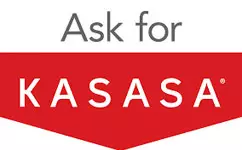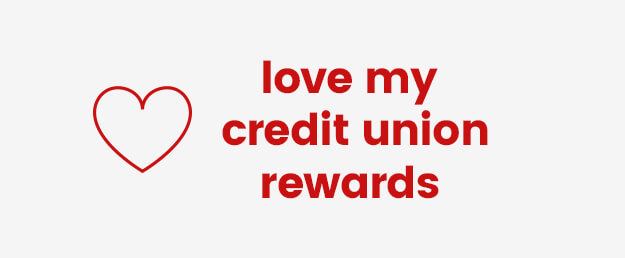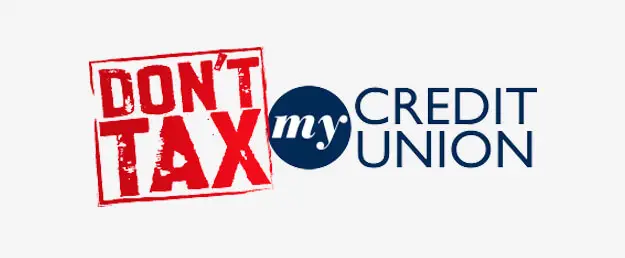What should you choose: a 401(k) or an IRA? 401(k)s and IRA accounts are both great options for tax-advantaged retirement savings since you don’t pay any taxes on the growth of those investments. But how do the two differ?
If you haven’t started saving for retirement yet, you can consider this research your first step to financial responsibility for your future. Read on to learn the differences and which might be best for you!
What is a 401(k)?
A 401(k) is a savings and investment plan offered by some employers that gives employees a tax break on the money they set aside for retirement. The name comes from the section of the tax code, subsection 401(k), that initially established this type of plan. Employees can often contribute money to an individual account by signing up for automatic deductions from their paycheck. Depending on your plan, this tax break comes either when you contribute money or when you withdraw it to retire.
The biggest perk of a 401(k) is that many employers will match a portion of what you save. This can ultimately result in free money when your retirement rolls around—if you don’t mind putting a chunk of your paycheck into the fund with whatever your employer offers to match. This can help you lower your income taxes and make any pretax contributions to your 401(k) a little less painful. However, not every employer offers a 401(k).
What is an IRA Account?
An Individual Retirement Account (IRA) is a type of investment account you can set up at a credit union, bank, or brokerage firm designed to help you save for retirement and offers several tax advantages. There are two types: a traditional and Roth IRA.
The biggest perk of a traditional IRA is that your contributions are tax-deductible up to IRS limits, so contributing to an IRA can reduce your annual tax bill. However, IRA accounts come with plenty of other benefits, too. With both traditional and Roth IRAs, the investments in your IRA account grow tax-deferred. This means that you owe nothing on the gains as long as the money remains in the IRA.
IRAs also allow you to contribute thousands of dollars every year on top of what you put away in a 401(k) or another employer-sponsored retirement plan. Investors aged 50 and up are allowed to save even more per year, with an extra $1,000 a year as a catch-up contribution. The IRS additionally allows individuals to take out money before age 59 ½ to pay for certain expenses.
401(k)s and IRA Accounts | The Best of Both Worlds
There is a common myth that you have to choose between a 401(k) and an IRA. But if you’re choosing between putting money into an employer-sponsored retirement account like a 401(k) or a self-directed savings account such as a traditional IRA, the best answer would be to go with both.
Ultimately, you should fund your 401(k) first if your company offers a matching amount, or fund your IRA first if your 401(k) from your employer doesn’t offer a match. Keep in mind that IRAs cap out at a specific amount of money, so when you max out your IRA, you should start contributing to your 401(k).
Saving for Retirement?
Now that you know which retirement account (or accounts) make the most sense for you, it’s time to put your plan into action. Strategizing for your retirement can seem daunting, but our experienced representatives are here to help. That’s why we offer IRA accounts.
Contact DEXSTA Federal Credit Union today to get a personalized plan drawn up with one of our representatives so you can retire comfortably.





